Last time I was at the museum of ethnography and folk art, I noticed a very interesting thing. There were several thematic sections, folk costumes from different regions, there was the market, a very interesting way of showing what the market looked like back in those days and there was another section called "yesterday, in the dowry chest, today, in the museum heritage".
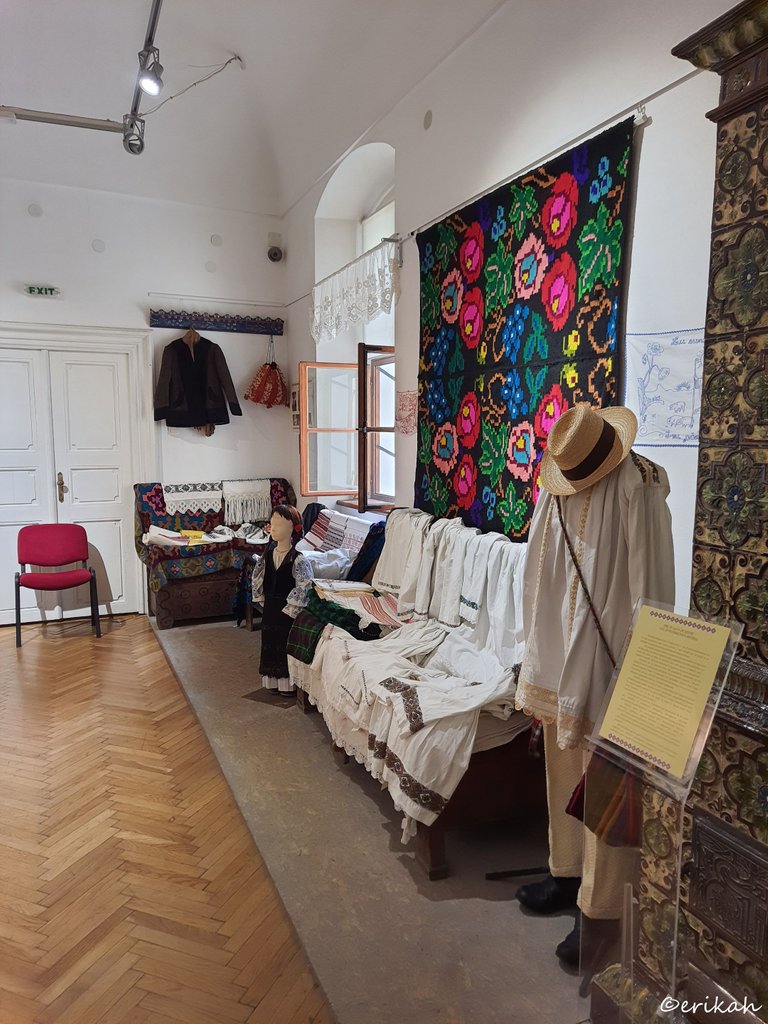
What you're going to see here are all donated to the museum by private citizens. It must be a big deal for them as these costumes are usually inherited from generation to generation and highly valued by the family as most of them are handmade and was once the dowry of someone. The truth is, what better place for these folk costumes than the museum, where these can seen by many and no one is touching them. Some of these clothes are rally old, so wearing them is out of the question.
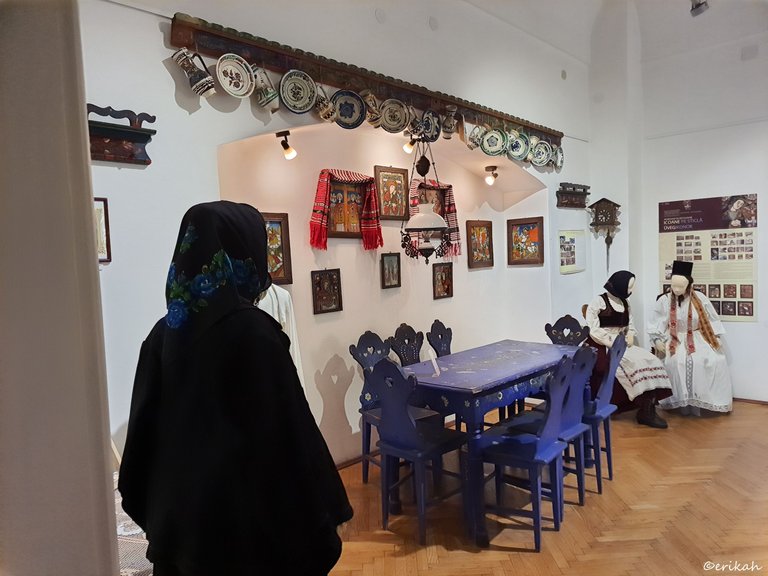
This section of the museum contained exclusively donations.
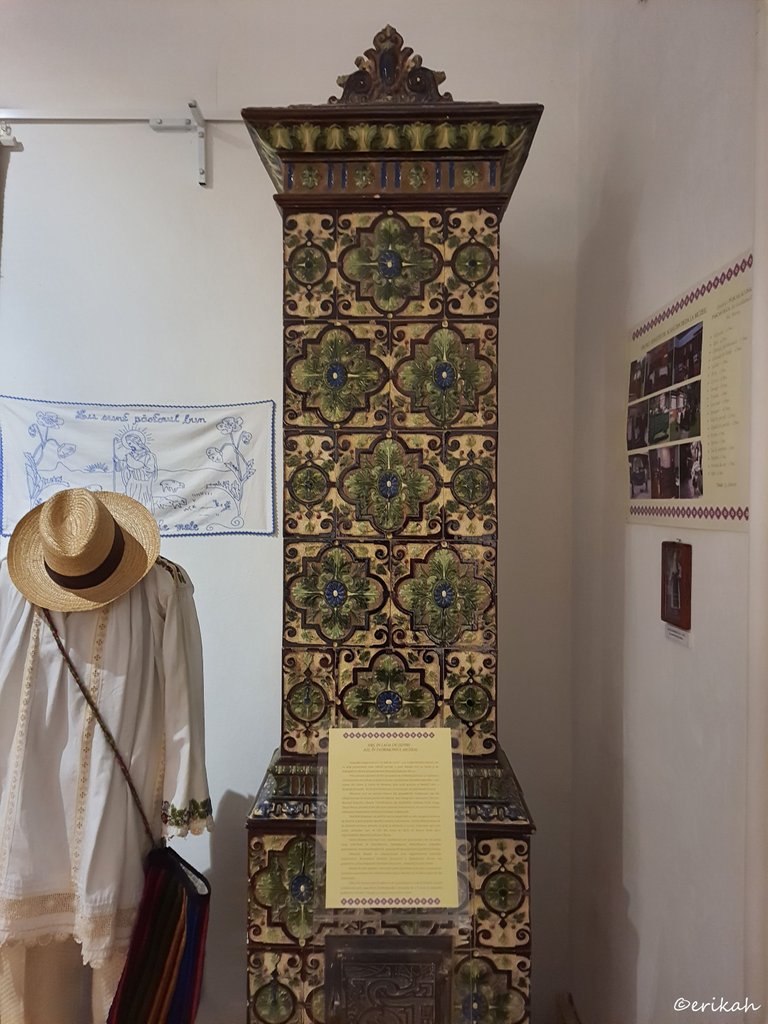
Before I start with the costumes and objects, have a look at this beauty. This is a tile stove, belonging to the building that hosts the exhibition. I love this building so much as it ha an interior courtyard, covered with glass. It is called the Toldalagi palace as once it belonged to the Toldalagi family. They were local nobles.
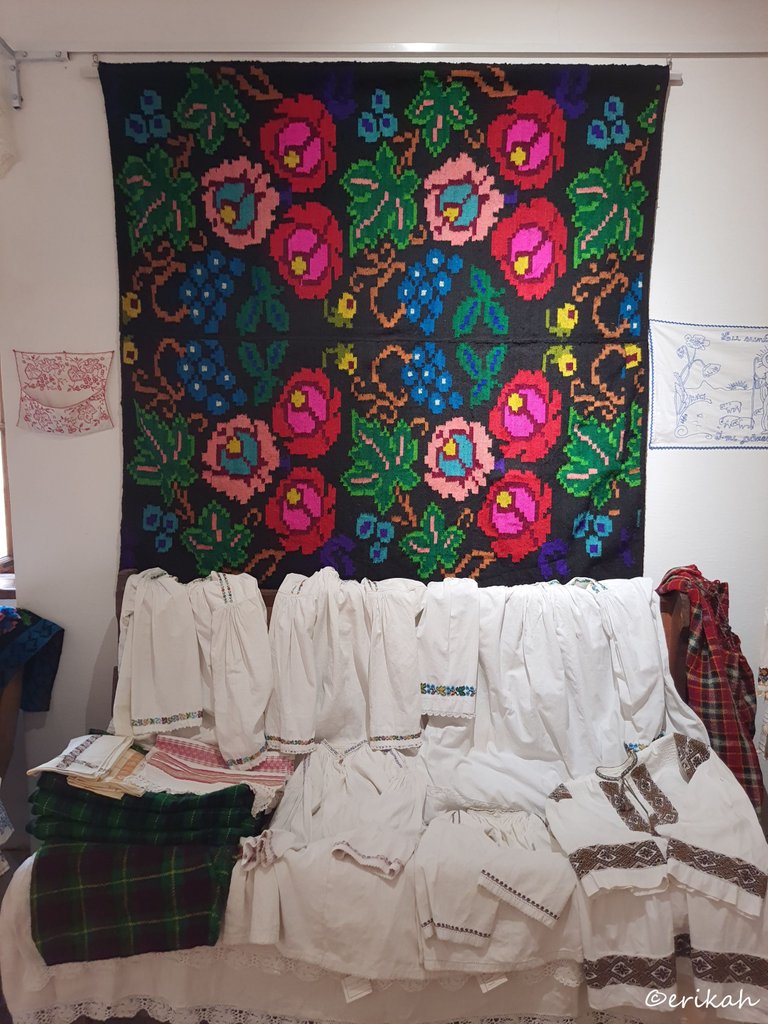
Hand woven wall cloth, that was very common in those days in every home. This was something most of the women could create at home. Those shirts are both for women and men and are most likely all handmade, from those times when there was no industry.
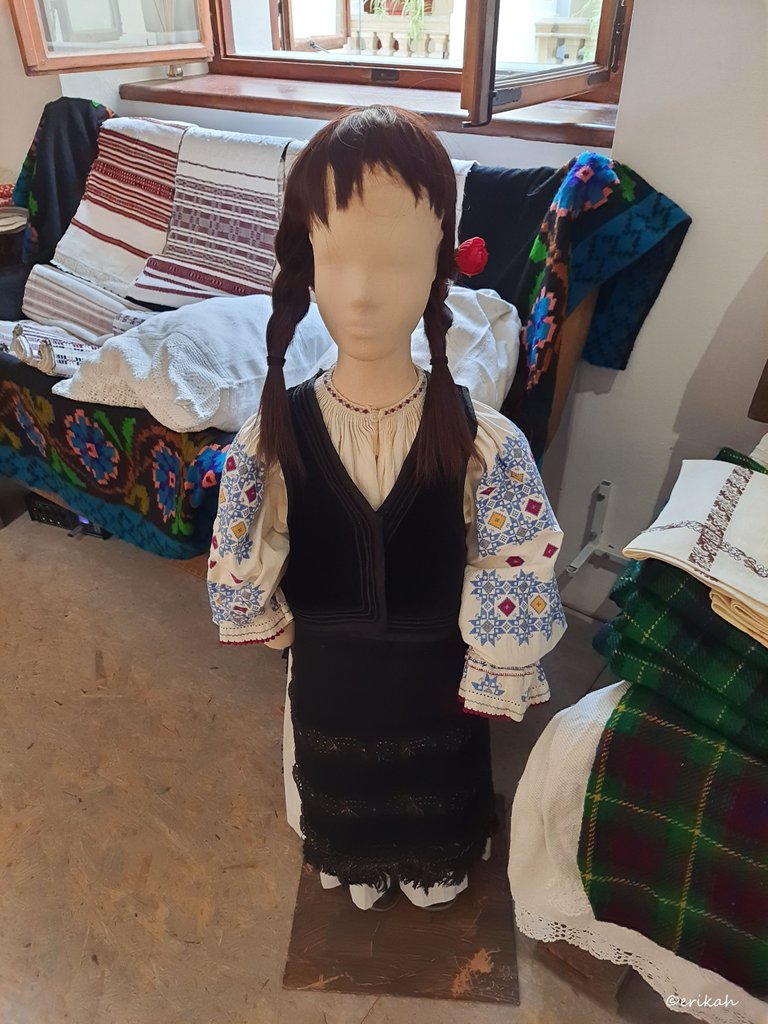
This mannequin with no face is kind of creepy, but it shows kids had the same outfit as adults, just on a smaller scale. That hand embroidered shirt is actually a nice work. It's not what we call play clothes today, it's possible it was used for festive occasions only.
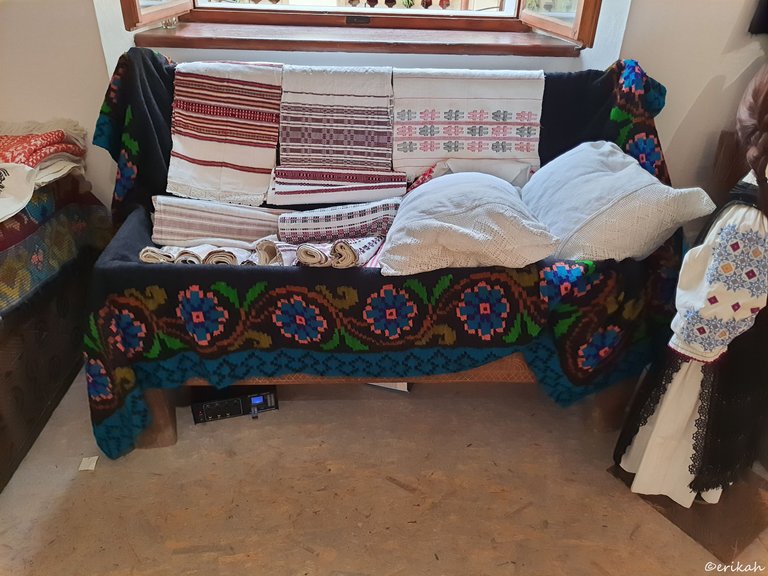
The same hand woven cloth or bed cover that could not be missing from any home, towels, which were also hand woven and far more rough than the towels we have today. Hand embroidered cushions, which served as decoration, these were not used for sleeping on them.
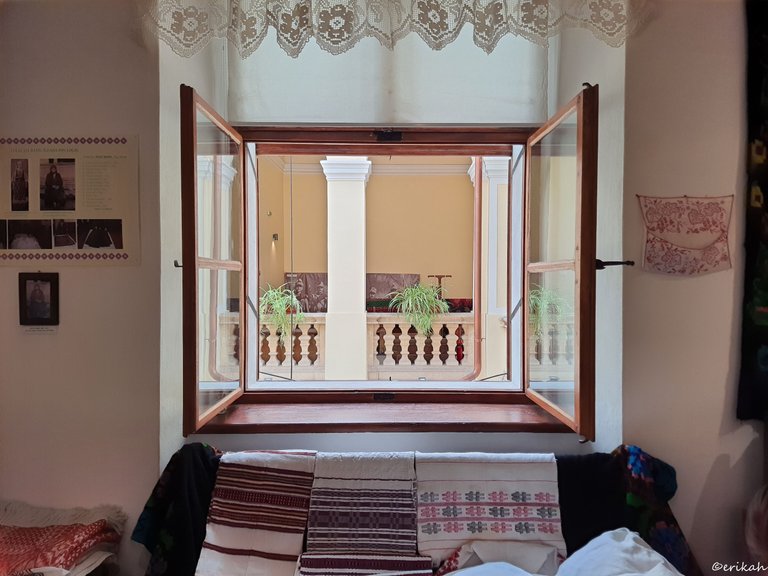
You see different patterns, motifs on these items. Each region had its own design. Maybe the older generation from villages know which is which or ethnographers.
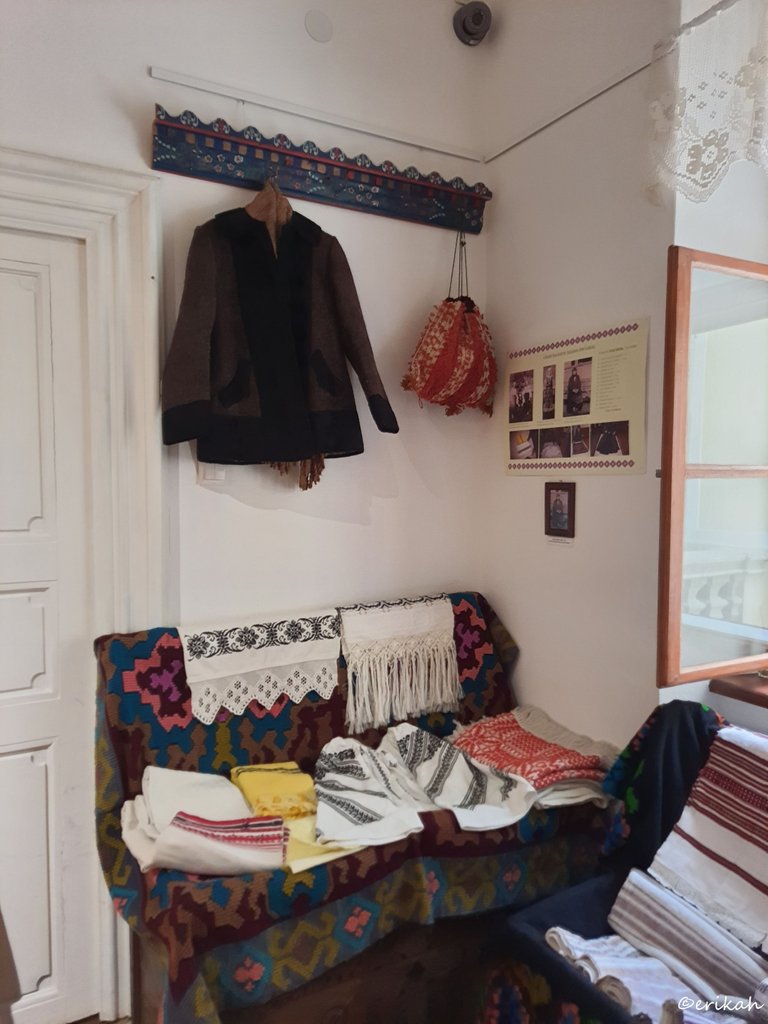
For those who are not familiar with the culture, these clothe are from the 19th, 20th century and are handmade not because they wanted something unique. The main reason is that making your own cloths and fabrics was the only available way. There was no textile industry, so women were forced to weave, sew and embroider if they wanted clothes and stuff for their home. Today only a handful of women are mastering these activities, the rest has no clue. Back in those days young ladies were raised to learn these activities.
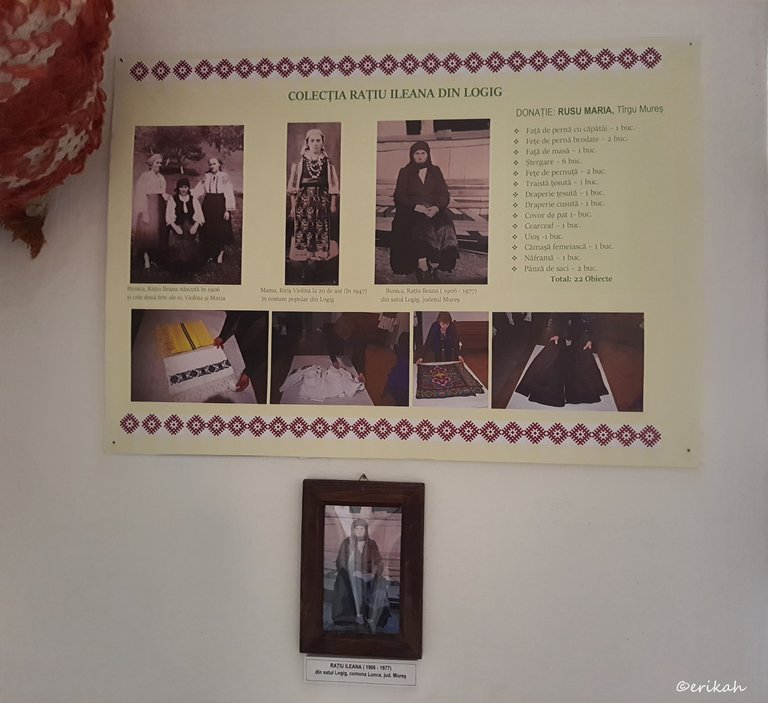
To honor those who made these donations, each person had a poster with photos and items donated listed on it.
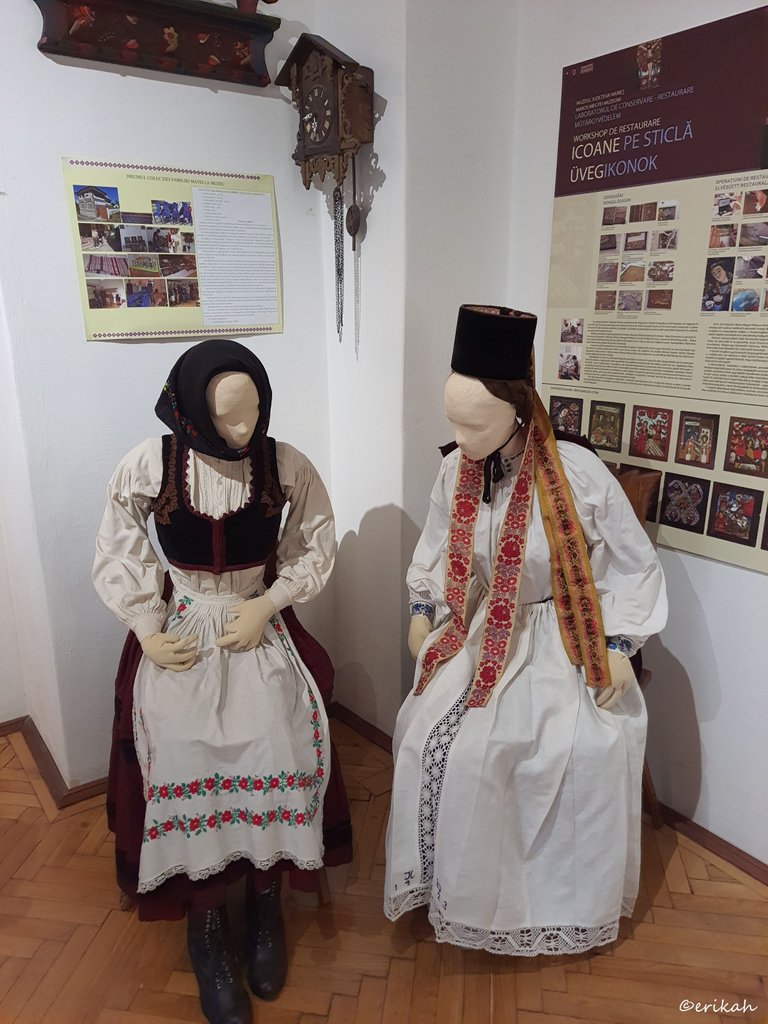
Look at these ladies and imagine yourself wearing those clothes and shoes an remember these were festive clothes and not everyone could afford them.
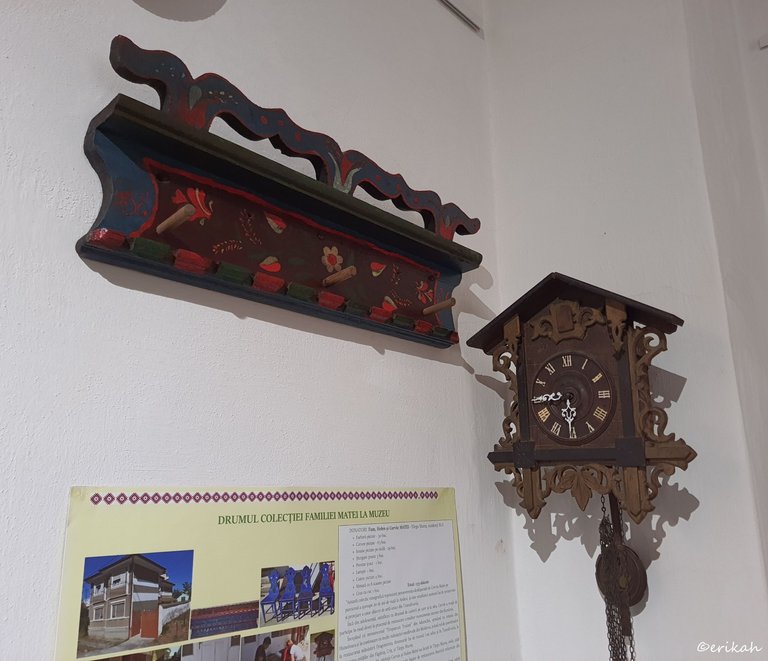
Hand painted wooden hanger can't be missing. The clock Is also old. This piece may be newer, but clocks like these existed for a long time. For those who are not familiar with this clock, it's called cuckoo clock.
A cuckoo clock is a type of clock, typically pendulum driven, that strikes the hours with a sound like a common cuckoo call and has an automated cuckoo bird that moves with each note. Some move their wings and open and close their beaks while leaning forwards, whereas others have only the bird's body leaning forward. The mechanism to produce the cuckoo call has been in use since the middle of the 18th century and has remained almost without variation.
It is unknown who invented the cuckoo clock and where the first one was made. It is thought that much of its development and evolution was made in the Black Forest area in southwestern Germany (in the modern state of Baden-Württemberg), the region where the cuckoo clock was popularized and from where it was exported to the rest of the world, becoming world-famous from the mid-1850s on. Today, the cuckoo clock is one of the favourite souvenirs of travellers in Germany, Switzerland and Austria. It has become a cultural icon of Germany. source
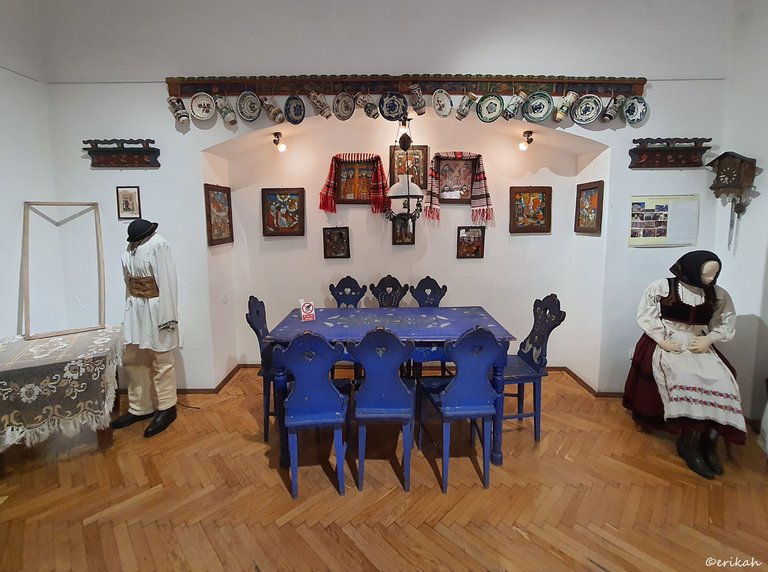
This is how their home looked like.
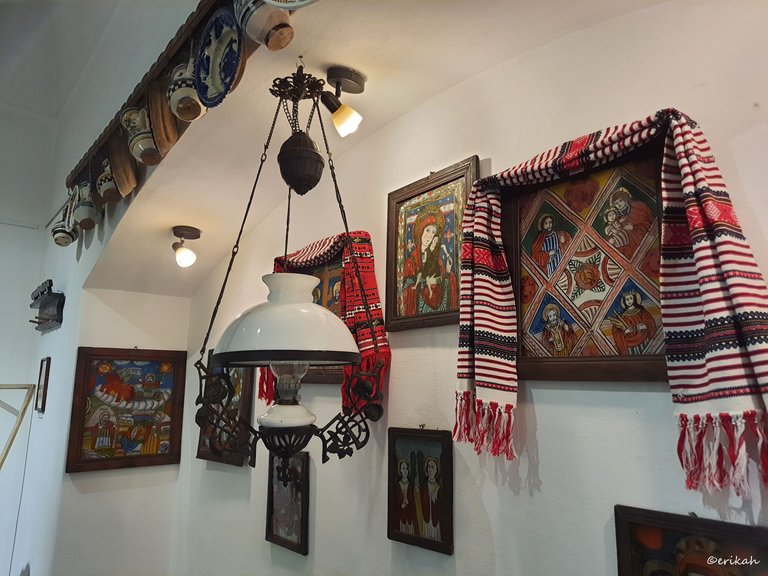
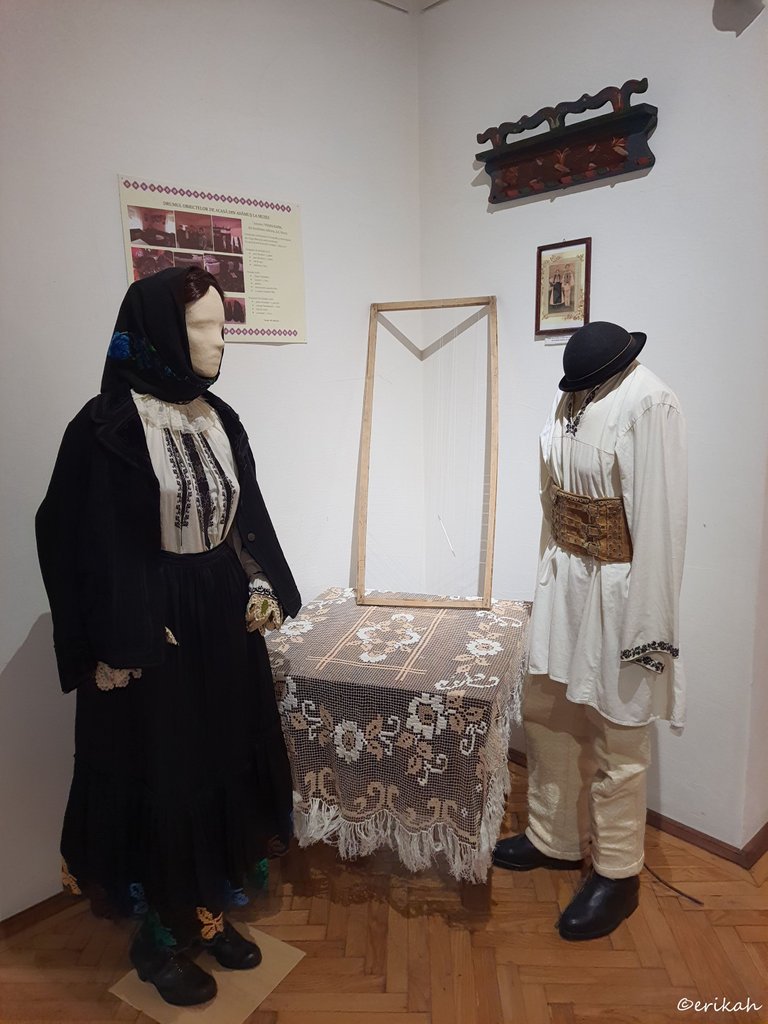
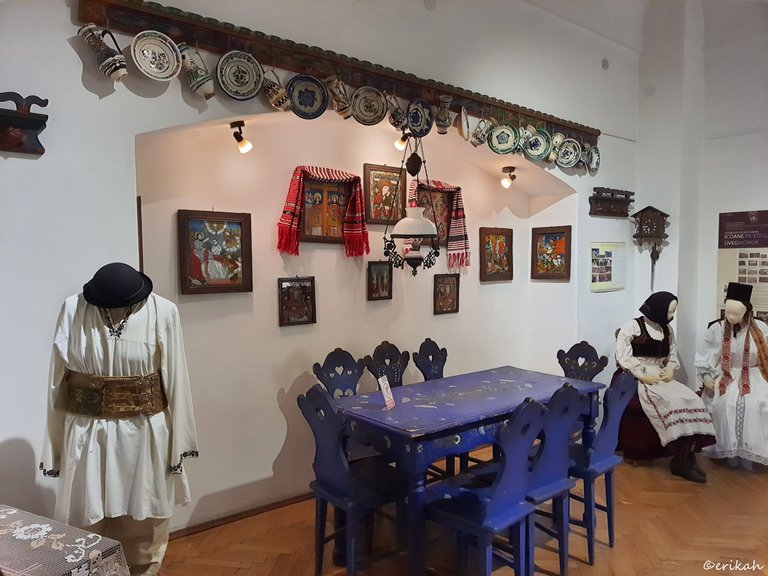
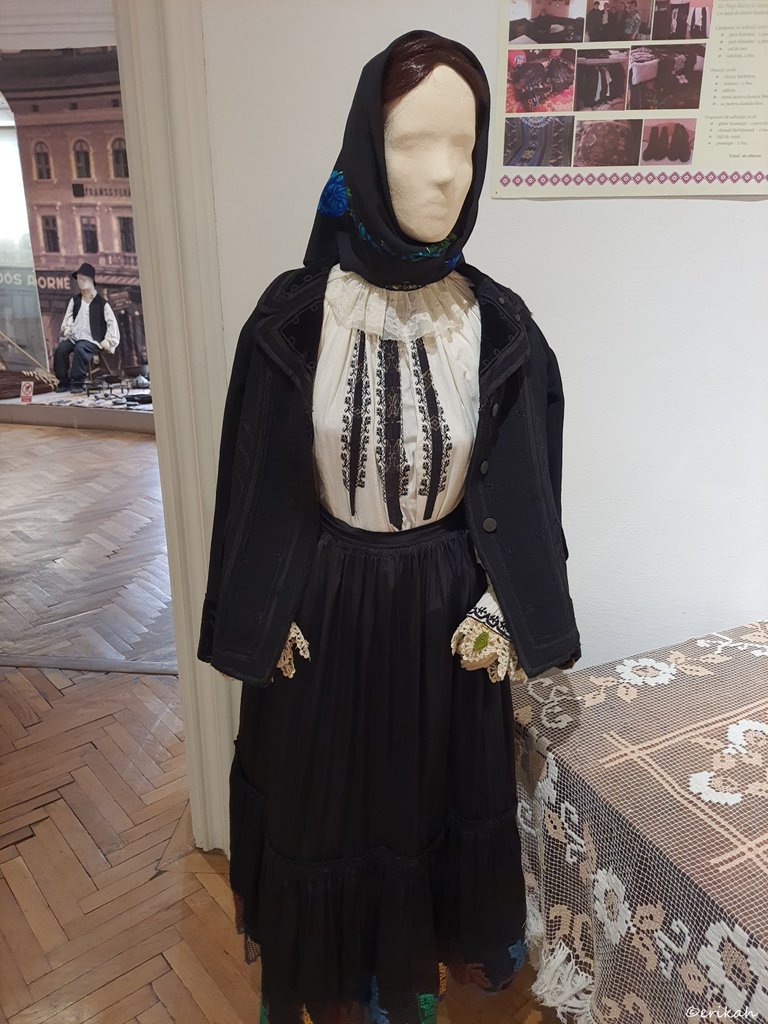
I truly hope, this is not the only case with such a nice donation. It would be nice to see other museums organizing exhibitions using donations.

If you're a newbie, you may want to check out these guides:
- Communities Explained - Newbie Guide
- Cross Posting And Reposting Explained, Using PeakD
- Hive Is Not For Me
- How To Pump Your Reputation Fast - Newbie Guide
- Tips And Tricks & Useful Hive Tools For Newbies
- More Useful Tools On Hive - Newbie Guide
- Community List And Why It Is Important To Post In The Right Community
- Witnesses And Proposals Explained - Newbie Guide
- To Stake, Or Not To Stake - Newbie Guide
- Tags And Tagging - Newbie Guide
- Newbie Expectations And Reality


